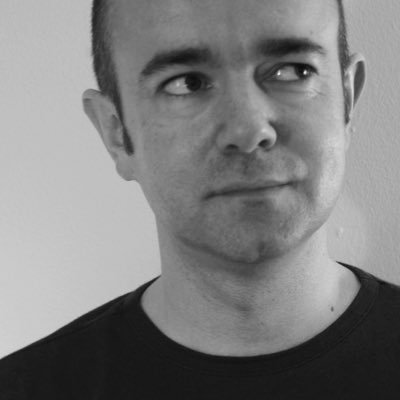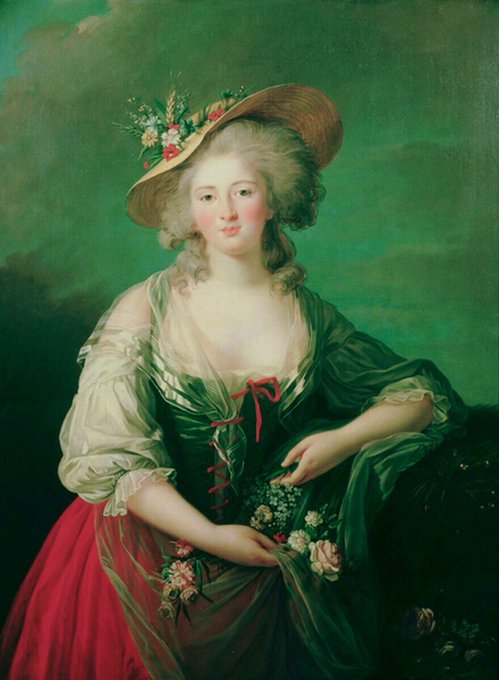As she rose with Royal patronage, so she fell with the Revolution. She fled with her daughter to Italy in 1789 & then to Austria, Russia & Germany. Madame Perregaux (1789), Duchesse de Piennes (1789) & Countess du Barry (1789)
Le Brun broke many barriers to women in the conservative art world. Her membership of the Académie Royale was one such triumph. This was down to pressure from the Queen. La Baronne de Crussol (1785), The Vicomtesse de Vaudreuil (1785) & Daughter of the Actor Caillot (1787)
At this stage Le Brun has become so fashionable that she came to the attention of the Queen. She painted many images of the monarch as her official painter. Marie Antoinette (1779, 1783, 1783 & 1787). The group depiction was propaganda to highlight the Queen’s role as mother.
In 1781 the couple toured the Low Countries & Élisabeth was inspired by the art that she saw there & integrated these ideas into her work. Travel to find new sitters was a constant for her. Élisabeth of France (c1782), Self-Portrait (1782) & Portrait of Madame Grand (1783)
A theme in her work was the painting of self-portraits. These are ravishing portrayals & may have served as ‘calling cards’ for her business. She thus demonstrates how good she can make sitters look. Count Stroganoff, Madame Rousseau & Daughter & Self-Portrait with her Daughter
Thread: My artwork is inspired by Irish nature & culture. Part of that is a long history of Celtic nature poetry. One of my favourite poems was inspired by the key site in my science studies, Cratloe in Co Clare. Here’s the poem, my work & a special offer.
Critics do not realise that every one of his works is a self-portrait. Picasso was a man with great humour & engaging personality. His Acrobat is fantastic. Mother & Child (1922), Mandolin & Guitar (1924) & The Acrobat (1930)
Picasso met the social climbing Olga, a great beauty & dancer. She challenged his sense of self & the result was his excavation of classicism. Portrait of Olga in an Armchair (1917-8), Sleeping Peasants (1919) & The Source (1921)
Avignon is inspired by African art, here is life in a brothel - rough & raw & here is the revolutionary statement that art does not have to be beautiful. It was followed quickly by Cubism. Les Demoiselles d’Avignon (1907), Accordionist (1911) & Seated Man with Pipe (1916)
She continued to paint the Scenery around Murnau throughout her life & sought to share the emotion the landscapes evinced from her. Schloss Elmau in Winter (1933), Staffelsee (1934), Blauer Kegelberg (1930) & Self-Portrait (1935)


































